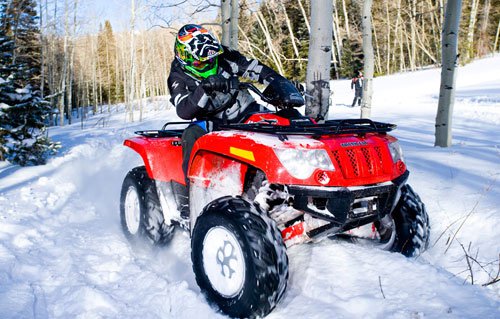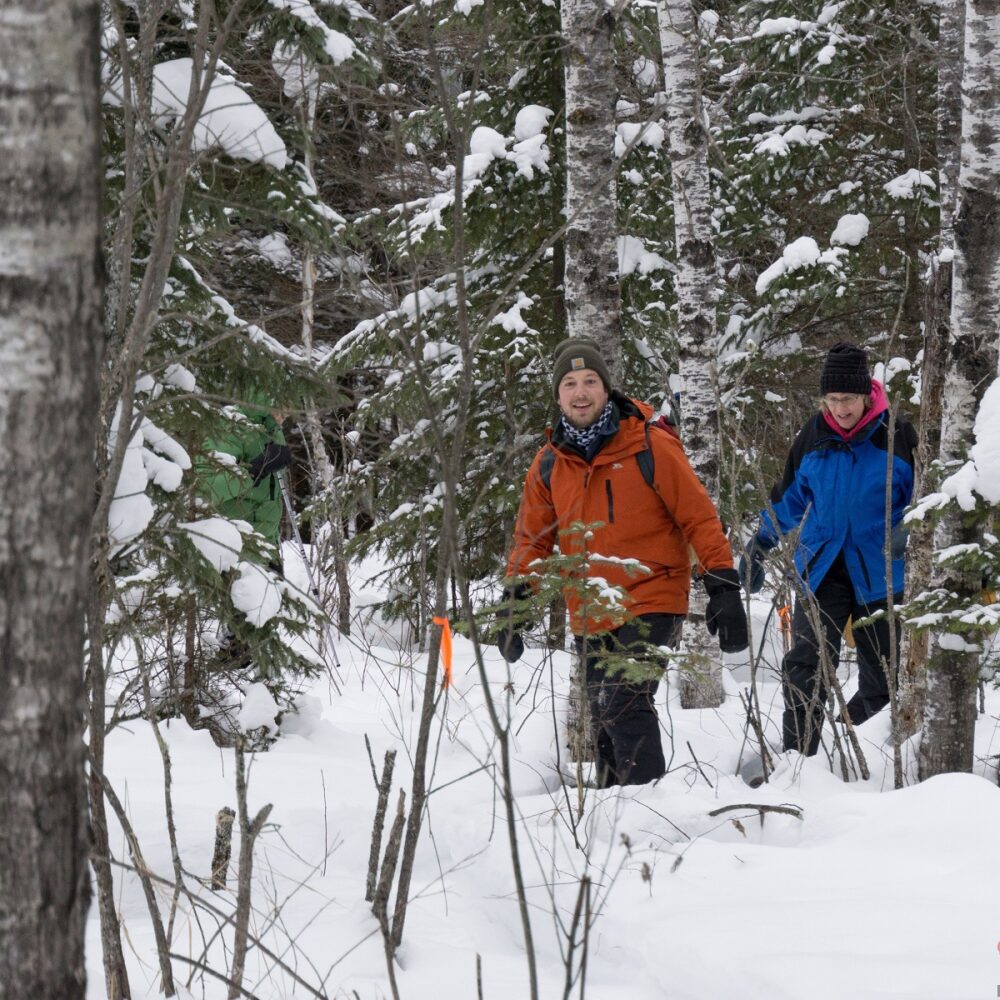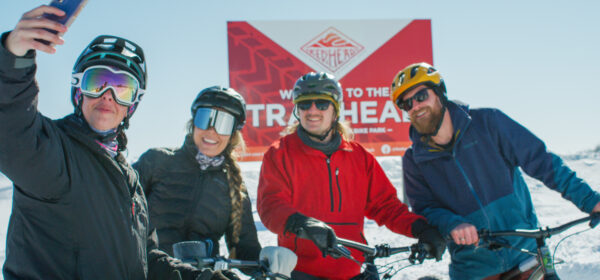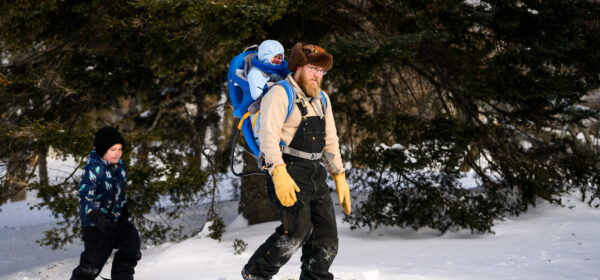Winter ATV Riding in Northern Minnesota: An Ultimate Guide
Northern Minnesota isn’t just for snowmobilers in the winter — for off-road vehicle (OHV) riders, winter brings a special kind of adventure. With cold-weather trails open for ATVs, UTVs, and other OHVs, you can explore frozen terrain, rugged ridgelines, and forested landscapes most people only see in summer.
Top Winter OHV Destinations in Northern Minnesota
-
Iron Range Off-Highway Vehicle Recreation Area (OHVRA)
-
Located near Gilbert on the Iron Range, this is Minnesota’s premier OHV facility. Minnesota DNR+2Discover the Range+2
-
Over 1,200 acres with about 36 miles of trails for ATVs, OHMs (off-highway motorcycles), and ORVs (4×4 vehicles). The “East Unit” area adds 13 miles to the trail system. Minnesota DNR
-
Trails range in difficulty from easy to very challenging, so it’s great for beginners and seasoned riders alike. Minnesota DNR
-
During winter (late November through April), the area is open Friday–Sunday, 8 a.m. to 3:30 p.m. Minnesota DNR
-
-
Northern Traxx Trails
-
Maintained by the NorthernTraxx ATV Club. northerntraxx.org
-
This trail system connects Chisholm north toward the Side Lake / McCarthy Beach area. Discover the Range
-
Part of the Iron Range network, providing access to forested terrain and scenic forest roads. Discover the Range+1
-
-
Ranger ATV Trails (East Range Multi-Use Trail)
-
Run through Biwabik, Aurora, and Hoyt Lakes. Discover the Range
-
Managed by the Ranger Snowmobile/ATV Club. RangerSnowmobile/ATV
-
These trails offer a scenic ride through forested landscapes and link into other Iron Range trail systems. Discover the Range
-
Minnesota DNR Rules & Regulations for Winter OHV Riding
To ride off-road vehicles legally and safely on winter OHV trails in Minnesota, you need to know and follow state DNR rules. Here are some of the key regulations:
-
Registration / Trail Pass
-
OHVs must be registered with the Minnesota DNR to use OHV trails. Minnesota DNR
-
For those not registered in Minnesota (non-residents), you must buy a non-resident OHV trail pass. Minnesota DNR+1
-
The fees from registrations and passes help support trail maintenance, safety education, and new trail construction. Minnesota DNR
-
-
Safety Training
-
Riders born after July 1, 1987, are required to complete an ATV safety course to ride on public OHV trails. Minnesota DNR
-
For OHMs, youths under 16 must also complete hands-on training. Minnesota DNR
-
Safety gear is mandated:
-
Anyone under 18 must wear a DOT-approved helmet when on ATVs or OHMs. Minnesota DNR
-
OHMs also require eye protection. Minnesota DNR
-
ORVs (like UTVs or 4×4) require seat belts for all passengers. Minnesota DNR+1
-
-
-
Vehicle Requirements
-
Exhaust noise limits: ATVs and ORVs must stay under 99 decibels, while OHMs must be under 96 dB. Minnesota DNR
-
When you convert an ATV to use tracks (for deep snow), it’s legally considered an ORV. DNR Files
-
-
Trail Access & Closures
-
Starting December 1, most groomed, signed snowmobile trails are closed to OHVs (and highway-licensed vehicles) in Minnesota unless explicitly designated for dual use. Minnesota DNR+1
-
Before heading out, always check trail status on the DNR website — winter closures can change due to weather or maintenance. atvmn.org
-
Obey all posted signs. Trespassing on private land or unauthorized trails is illegal. MN Revisor’s Office+1
-
On designated trails: when meeting or passing others, keep to the right, and yield to slower users. Minnesota Legislative Reference Library
-
Safety Tips for Winter OHV Riding
Riding an ATV, UTV, or other OHV in winter demands more preparation than in summer — the cold, terrain, and limited daylight all add risk. Here are some best practices:
-
Bring winter survival gear
-
Carry hand warmers, extra gloves, a warm hat, and additional clothing layers.
-
Pack high-calorie snacks, water (in an insulated container), and a map or GPS.
-
Bring a first-aid kit and a winter survival blanket — getting stuck in remote areas can be dangerous.
-
-
Know the terrain & ride smart
-
Expect ice, frozen puddles, and variable snow cover.
-
Ride slower than usual, especially on climbs or descents.
-
Scout unfamiliar trails before ramping up speed.
-
-
Avoid groomed snowmobile trails (unless allowed)
-
Many groomed snowmobile trails are off-limits to OHVs in winter. DNR Files
-
Crossing or riding on those trails when illegal can lead to fines — and damages the trail grooming.
-
Use designated OHV-access trails, and pay attention to signage.
-
-
Tell someone your plan
-
Because cell service can be spotty in northern Minnesota, let a friend or family member know your ride route and expected return time.
-
Consider using a satellite messenger or GPS device if you plan to go deep into the backcountry.
-
-
Ride with a buddy
-
Two machines are better than one — if one breaks down, the other can assist.
-
It’s safer, especially in winter conditions, to have a partner for help or to call for rescue.
-
Why Winter OHV Riding in Northern Minnesota Is Special
-
Unique Terrain: The Iron Range area, with its mine pits, tailings, and rugged hills, becomes an entirely different landscape in winter.
-
Less Crowded: While summer draws a lot of ATV traffic, winter gives you more solitude and open trail time.
-
Dual-Use Opportunities: Some multi-use trails allow ATVs and snowmobiles (when conditions permit), offering more variety. Minnesota DNR
-
Scenic Views: Frost-coated trees, frozen wetlands, and snowy ridgelines make for a winter playground that few explore by vehicle.
Final Thoughts
Winter OHV riding in northern Minnesota is a thrilling way to experience the state’s rugged landscapes — but it comes with responsibilities. By following DNR regulations, respecting trail boundaries, and riding safely, you help preserve these special winter trails for future riders. Whether you’re tearing through the hills of the Iron Range or cruising the Northern Traxx system, a winter ride can be one of the most memorable OHV experiences Minnesota has to offer.




